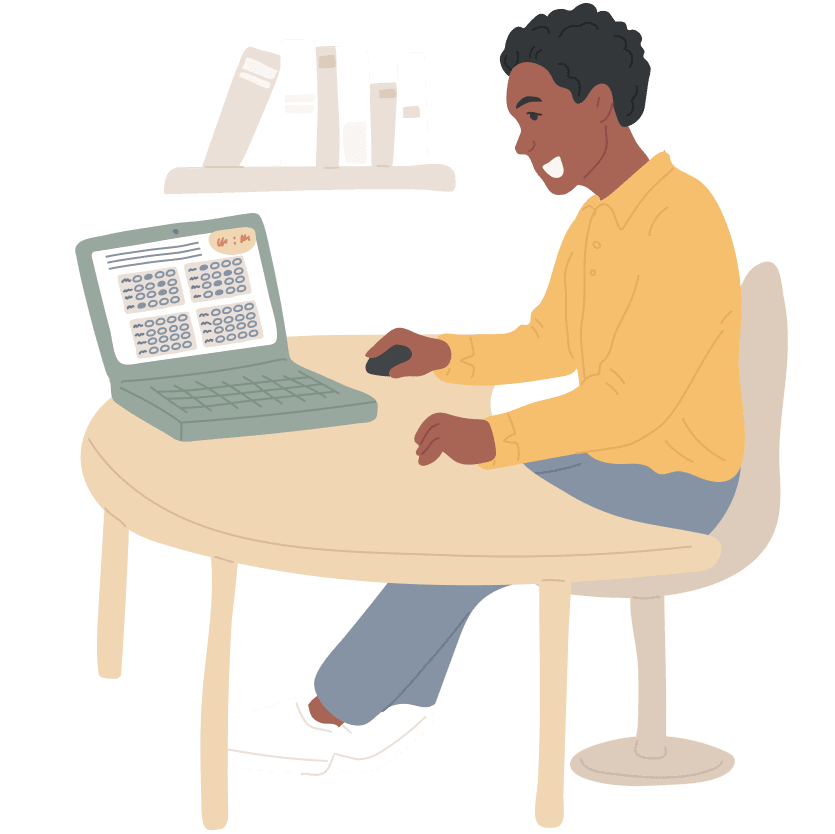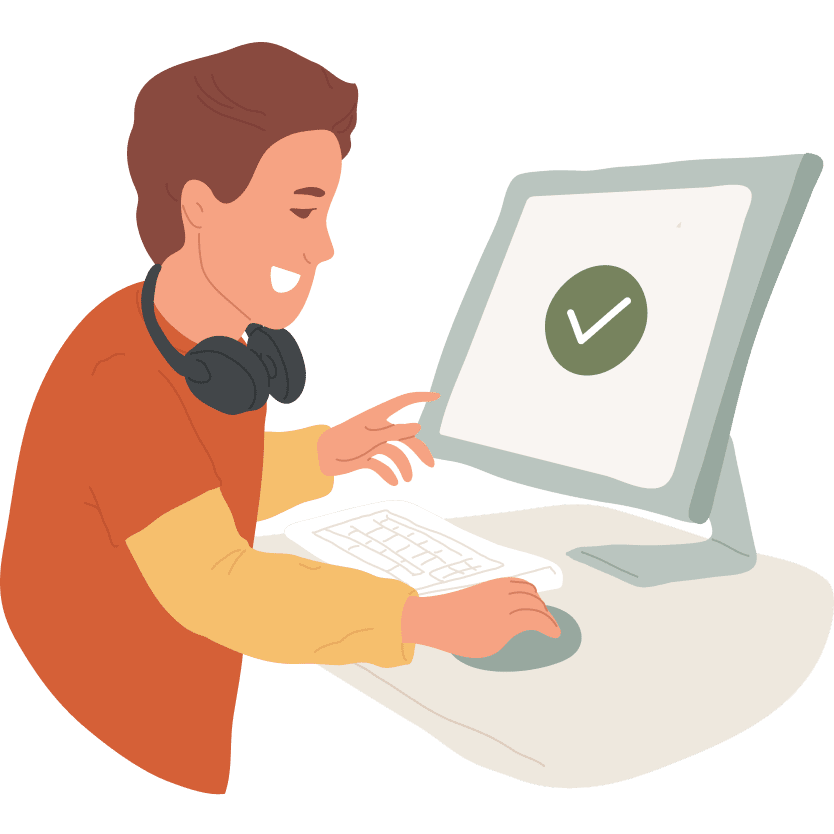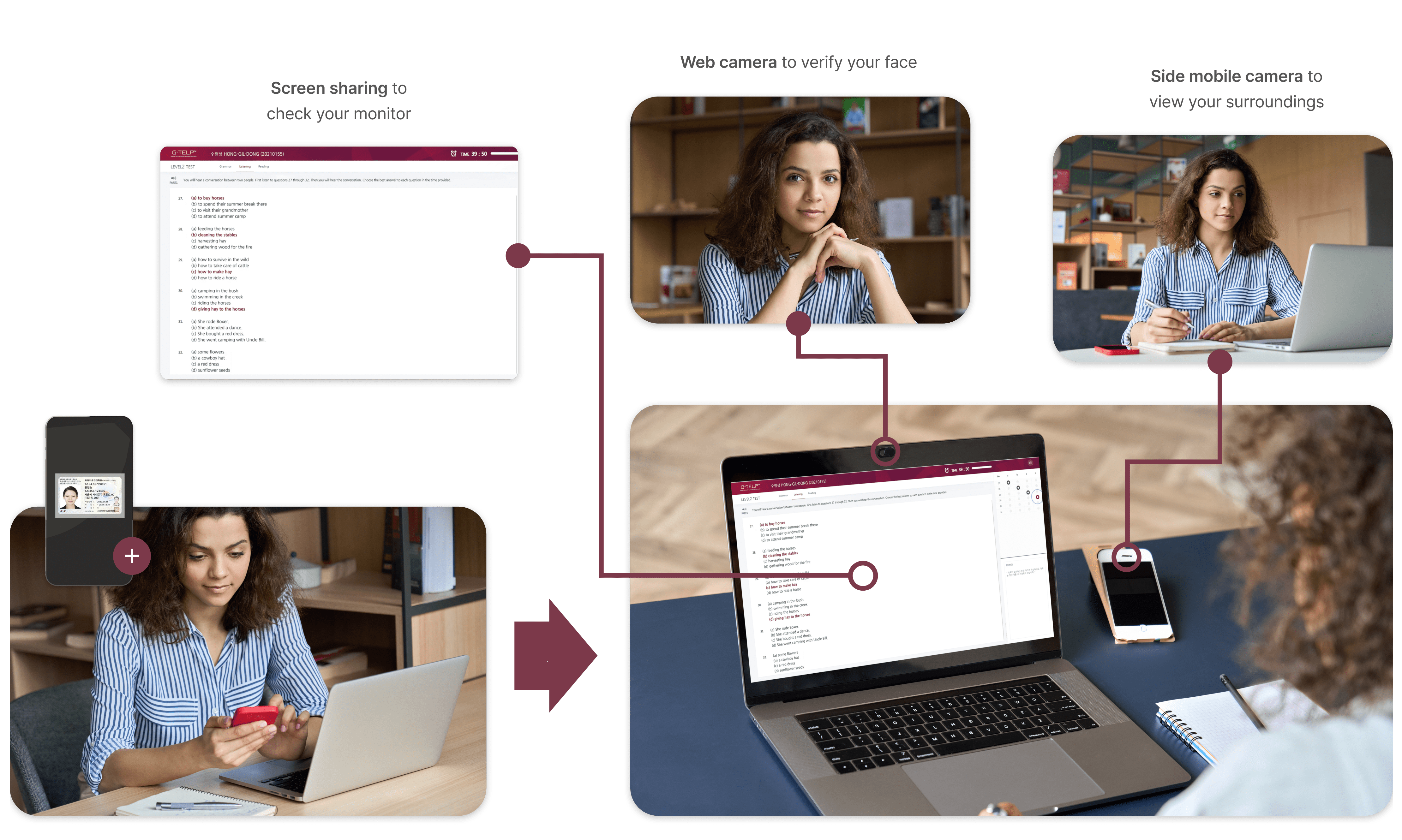Level 1 speakers are able to communicate with ease in all situations, whether familiar or unfamiliar. They use extensive vocabulary, appropriate idiomatic expressions, and accurate sentence structure and patterns. Their pronunciation is clear and shows no trace of native accent.
Level 2 speakers are able to communicate their ideas effectively in nearly all situations using a wide vocabulary. Their speech is marked by the use of detail to create appropriate and informative responses. Grammar and sentence structure are usually well-controlled, with only rare errors that don’t interfere with meaning. There is a trace of regional accent, but that does not interfere with understanding.
Level 3 speakers are usually able to communicate their ideas effectively in nearly all situations. They often display appropriate word choice, and can usually paraphrase when lacking vocabulary in unusual or unexpected circumstances. Their speech is usually clear and understandable, although there is a marked regional accent. There are also occasional pauses or fillers but they seldom interfere with meaning.
Level 4 speakers are generally able to communicate their ideas in most situations. Grammar and sentence structure are generally well-controlled, with occasional errors that sometimes interfere with meaning. They speak with a marked regional accent that only sometimes interferes with understanding and occasionally exhibit unnecessary pauses or fillers.
Level 5 speakers are generally able to communicate their ideas in common situations, but may occasionally have trouble when dealing with unfamiliar or uncommon events. Grammar and sentence structure are relatively well-controlled. There is an obvious regional accent, which sometimes interferes with understanding, and there are also unnecessary pauses and fillers, which can interfere with meaning.
Level 6 speakers are generally able to communicate their ideas in common situations, but are sometimes unable to effectively respond when dealing with unfamiliar or uncommon situations. Grammar and sentence structure are generally not well-controlled. Word choice is also generally inappropriate, and regional accent is heavy, which occasionally interferes with understanding. They may occasionally have difficulty paraphrasing sentences to convey the meaning.
Level 7 speakers generally have a difficult time communicating their ideas in common situations, and find it difficult to effectively respond when dealing with unfamiliar situations. Their responses are often delayed, and are usually inadequate. Grammar, sentence structure, and word choice are commonly inappropriate.
Level 8 speakers usually have a difficult time communicating their ideas in common situations, and are frequently unable to effectively respond when dealing with unfamiliar situations. Frequent grammatical errors are committed, which almost always interferes with understanding.
Level 9 speakers frequently have a difficult time communicating their ideas in common situations, and are almost always unable to effectively respond when dealing with unfamiliar situations. Responses are almost always delayed, and are frequently inappropriate. Frequent grammatical errors and inappropriate word choice almost always interfere with understanding.
Level 10 speakers almost always have a difficult time communicating their ideas, even in familiar situations. Responses are always delayed, and are almost always inappropriate. Speech is maybe nearly impossible to understand because of the regional accent, grammatical errors, inappropriate word choice, etc.
Level 11 speakers may exhibit a vocabulary of a handful of memorized words and isolated phrases only. They are unable to communicate in a meaningful way.




